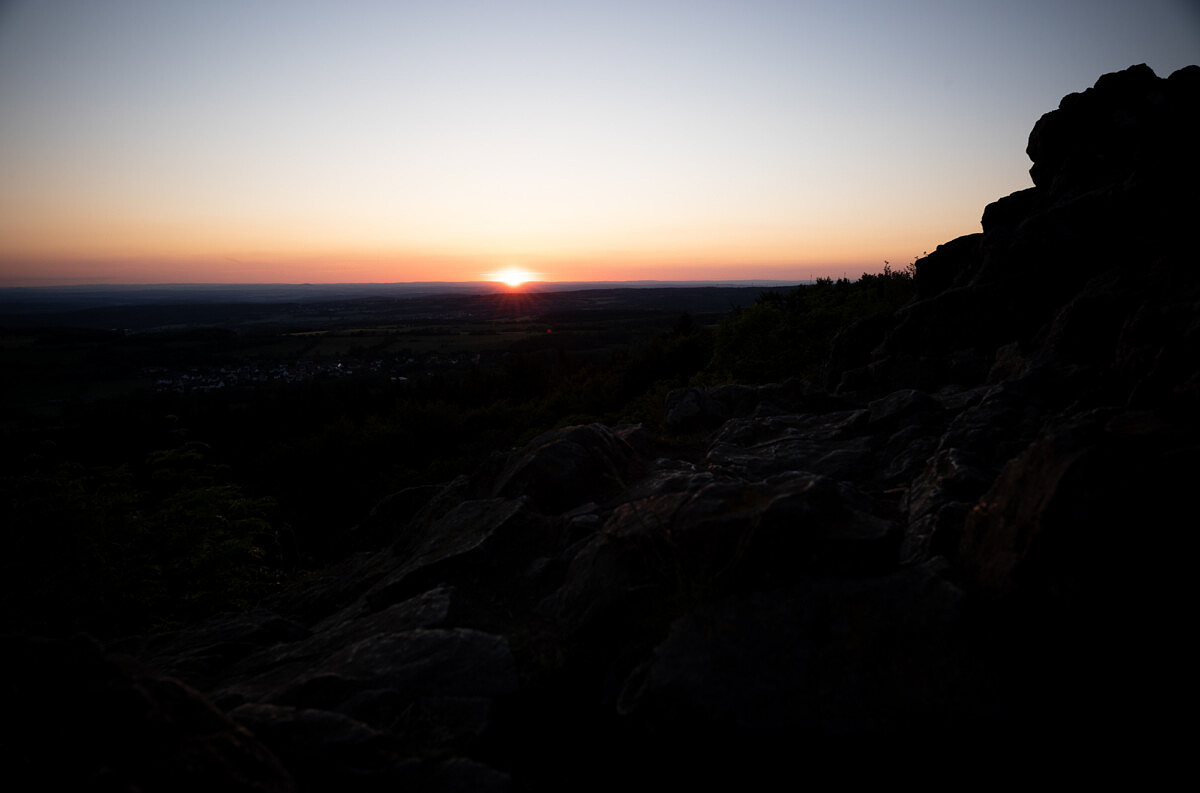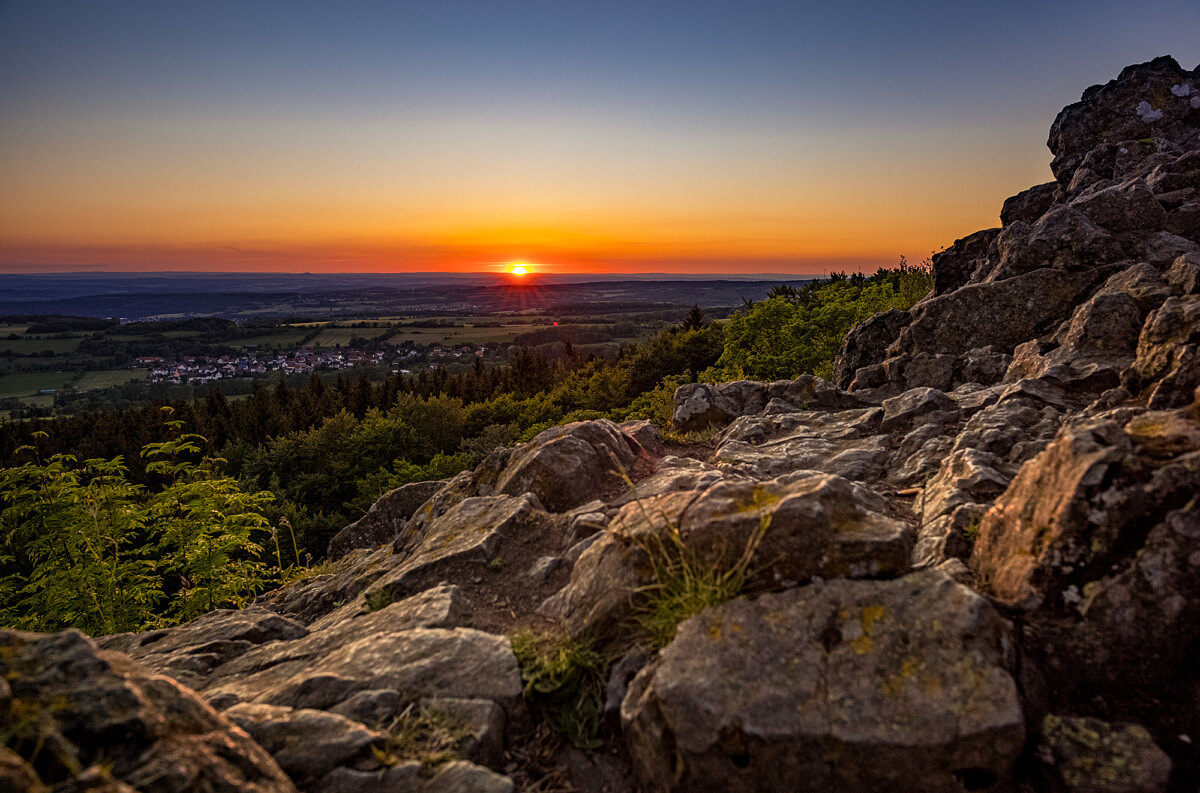Early autoficus test module from 1963
By Heinz Richter
Leica is often criticized for not offering autofocus for the Leica M. Many feel that this is really the final step necessary to make the M fully competitive with the top models from other manufacturers. However, that issue is covered by several other cameras within the Leica system. It is doubtful that there will ever be an autofucus Leica M camera, because the heart of the M system has always been the rangefinder.
It is a actually a little known fact that Ernst Leitz Wetzlar GmbH (the name Leica Camera used to be called) was the first company to develop a working autofocus system. Between 1960 and 1973 the company patented a number of autofocus technologies, and then showed that technology at the Photokina in 1976 and 1978 as the Leitz Correfot. A completely operational prototype was shown to the public at the Leica Historical Society of America (LHSA) meeting in Minneapolis in Fall of 1980.
I had the opportunity to see some of these early autofocus cameras during my recent visit to Leica in Wetzlar during a private tour of the Leica archives.

The common CdS light meter cells at that time proved to display also a sensitivity to variations in contrast. It is a known fact that an image displays the highest contrast when in focus. By using two CdS cells it was possible to accurately determine the highest contrast level and thus accurate focus. The system was somewhat similar in concept to today's phase-detection systems - except that it required a vibrating diffraction grating to work accurately.
The first completely operational test model built into the shell of a Leicaflex SL2, renamed CK1. All sensors necessary for the automatic focusing were part of the camera. It was designed to use the conventional Leica R lenses on the market at that time. The system required the lenses to be focused manually with the help of focus verification via two LEDs on top of the viewfinder. But like the camera shown at the LHSA meeting in Minneapolis, the Leicaflex SL2 was also shown with a servo motor equipped 50mm f/1.4 Summilux R which provided true autofocus operation and made electronics-aided manual focusing unnecessary.

The servo motor was connected to the lens via a gear that engaged with the ridges engraved in the focusing ring of the lens. With other words, it actually turned the conventional focusing ring to effect automatic focusing. Leica chose this approach at the time because they felt it was necessary to utilize their very precise focusing mounts to maintain the mechanical and optical integrity of their lenses.
At that time it was generally thought that autofocus systems suffered from low-light insensitivity. I was able to use the camera and I can verify that the system worked perfectly in even very low light conditions and no manual refocusing was necessary at all. However, the camera did display one serious drawback, very high power consumption. The prototype’s servo motor used lots of energy which was supplied by a battery pack attached to the bottom of the camera. It was made from the housing of a Leica R3 motor drive unit. The six batteries proved to be good for only one hour of operation.
Careful inspection of the lens revealed meter couplings for the Leica R3 and R4 cameras. These were utilized in a follow up model, based on the Leica R4 Mot prototype with special Correfot prism.
In 1983 Nikon presented an evolution of its flagship camera, the Nikon F3AF with its viewfinder DX1 and its two lenses, AF 80mm f2.8 and AF 200mm f3.5 ED. Although never officially confirmed, it is generally assumed that Nikon purchased the manufacturing rights for the Correfot prism from Leitz to develop the F3 AF.

We must applaud Leitz’ decision not to forego their standard focusing mount for the flimsy autofocus systems that were marketed in the 80s and 90s. Virtually without exception, those were so loose that the moving section of any of those lenses could easily be wiggled back and force by a considerable margin. That of course is far removed from the 1/100mm (1/2500 inch) precision of the Leica focusing mounts. Other companies chose that approach because it was the only means at the time to make the focusing parts of their lenses move easily enough to allow the use of rather small autofocus motors with low enough power consumption to make them practical with common use.
Unfortunately Leica never marketed their autofocus cameras thus missing out on having been the first company to do so. That honor goes to Minolta, who introduced the Minolta 7000 in 1980.
At that time Leica had a technology exchange agreement with Minolta. The Minolta 7000 would have never seen the light of day without the Leitz Correfoot technology.
Although it never made it into production, it appears that the Correfot serves its duty in the German Leopard tanks to this day.
For other articles on this blog please click on Blog Archive in the column to the right
To comment or to read comments please scroll past the ads below.
All ads present items of interest to Leica owners.
_______________________________________________________________________
All ads present items of interest to Leica owners.
_______________________________________________________________________
Buy vintage Leica cameras from America's premier Leica specialist
Buy vintage Leica cameras from
America's premier Leica specialist
Click on image to enlarge
Click on image to enlarge
Click on image to enlarge
Click on image to enlarge
Click on image to enlarge
Click on image to enlarge



































